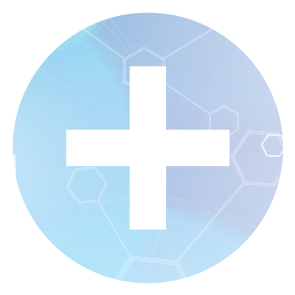Hardly a shift goes by where I don’t see one or more patients complaining of headache. All too often these patients are no strangers to the ED; they’ve been seen multiple times for similar complaints.
Depending on who saw them previously, they may have been sent for yet another CT or even admitted for status migrainosus or further neurological evaluation. They invariably receive the standard headache cocktail that has permeated emergency medicine practice—an á la carte menu of a neuroleptic agent (prochlorperazine or metoclopramide top the list), ketorolac, diphenhydramine, and dexamethasone. That’s not without good reason—compelling data suggest that these agents are particularly effective in the emergency setting and even reduce headache recurrence. (Neurology 2017;89[20]:2075.)
But sometimes I just hate it. Don’t get me wrong; for many patients, maybe even most, the “headache cocktail” is a safe and effective option. But I find with increasing frequency that this witch’s brew does little more than sedate the patient for a few hours, and it may or may not address the underlying complaint. Sure, we get them discharged, but only after two long hours in a Compazine-induced haze, and the bed sits full while we wait.
There may be a better way for some patients. A growing body of literature and clinical experience has suggested low-dose propofol therapy as a safe and rapidly effective intervention for patients presenting with primary headache to the emergency department. Some hospital regulations may restrict the use of propofol or require more significant resource utilization when it’s used, but the practice is similar in many ways to the use of analgesic doses of ketamine, a practice that has become nearly routine in many EDs throughout the country.
Resolution of Symptoms
When propofol is administered until relief of pain, more than 80 percent of patients report complete resolution of symptoms, and they do so in a fraction of the time we’ve come to expect with traditional therapy. (Headache2000;40[3]:224.)
I started using this strategy a few years ago. It’s not something I move to in every migraineur, and there’s likely a subset of patients more likely to benefit, as well as those in whom the standard antipsychotic approach probably offers a necessary secondary effect. I’ve encountered some administrative and nursing resistance, all of which has reliably evaporated once they’ve seen the therapy in action. I typically administer 10 mg IV every minute or so, monitoring the patient’s report of pain severity. Once the numbers begin to fall, I know that I’ve “broken” the headache. I have had nearly uniform response between 10-50 mg of medication.
Most patients experience mild drowsiness at most, and in my experience, as well as that seen in multiple retrospective analyses and randomized trials, there have been no adverse events. (BMC Neurology 2012;12[1]:114.) Following it with a dose of acetaminophen and an admonition to seek appropriate follow-up care, I’ve seen visit times fall and patient satisfaction rise, and I’ve yet to see the Diprivan-seeking bounceback patient about whom some skeptical colleagues warned me.
Once, after a particularly grueling set of night shifts, I awoke later in the afternoon to an email from a patient who described her long history of debilitating headaches that had seemed refractory to everything that had been thrown her way. Several weeks after I had treated her in the ED with low-dose propofol therapy, she was still headache-free, and, in fact, she reported that she was returning to work for the first time in years. It’s an anecdote, of course, but it’s true, and it made me proud to be an emergency physician and have the opportunity to bring cutting-edge care to the bedsides of my patients.
We emergency physicians are tasked with the dual roles of excluding life-threatening pathology while rendering effective pain relief and symptomatic care. Familiarity with a broad range of techniques for every complaint allows us to be safety-conscious and evidence-based while permitting the flexibility to provide individualized patient care. Low-dose propofol represents a safe, rapid, and effective addition to our armamentarium in treating patients with primary headache complaints in the emergency department.


Leave a Reply
You must be logged in to post a comment.